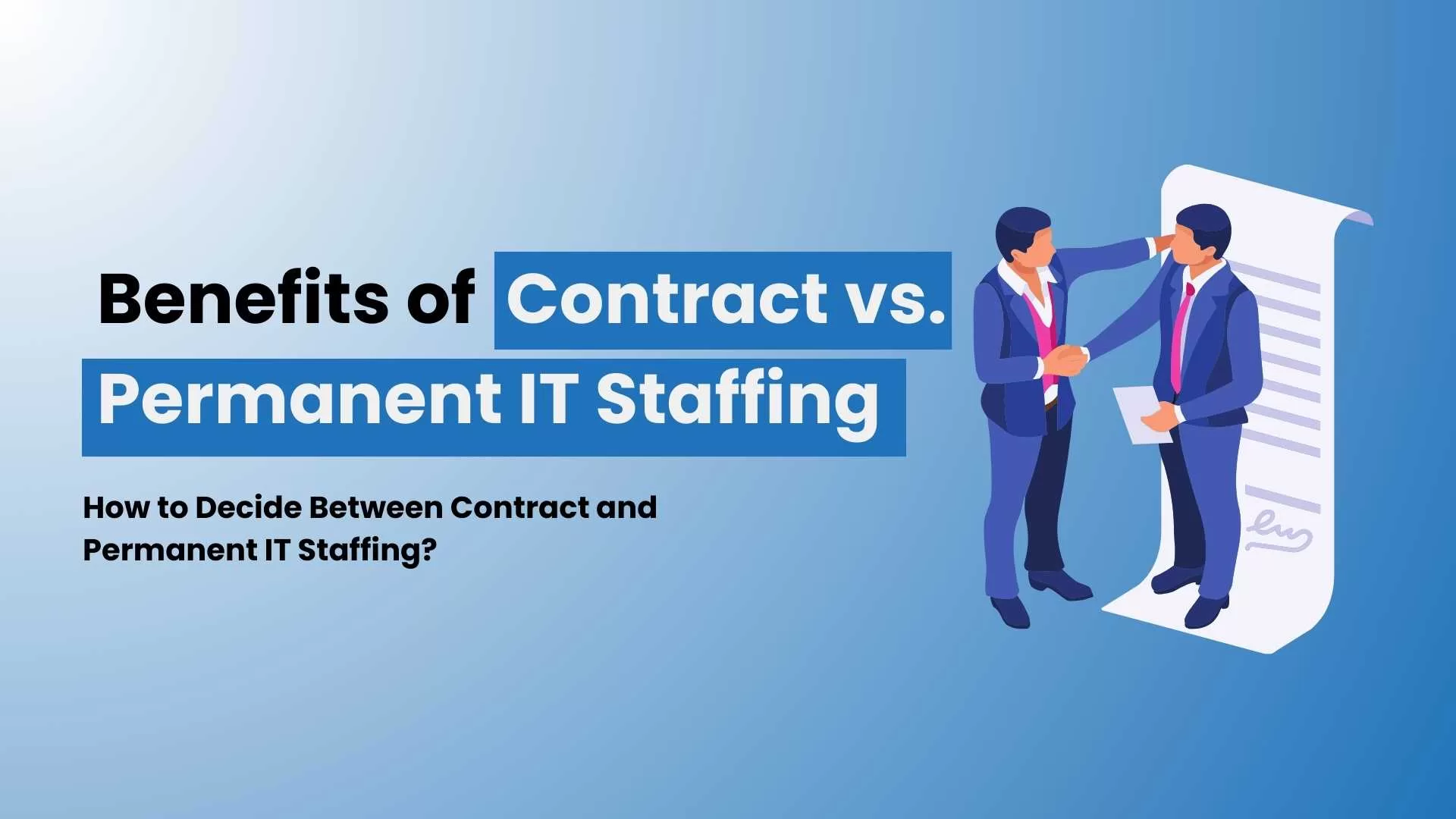Small Form-factor Pluggables (SFPs) are integral to contemporary network infrastructures, offering the flexibility to connect various network devices like switches and routers to networks. Understanding the different types of SFPs is crucial for optimizing network setups:
- Standard SFPs: Primarily utilized in Gigabit Ethernet (GbE) and Fibre Channel networks, these modules are designed for standard network speeds and applications.
- SFP+ Modules: Catering to more demanding network environments, SFP+ modules support 10 Gigabit Ethernet (10 GbE), providing higher data transmission rates essential for bandwidth-intensive applications.
- Bi-Directional (BiDi) SFPs: These innovative modules enable bidirectional data transmission over a single fiber optic cable, effectively reducing the physical infrastructure requirements and associated costs.
- CWDM/DWDM SFPs: Suited for long-range communications, these modules leverage Wavelength Division Multiplexing technologies to transmit data over various wavelengths, making them ideal for expansive network setups.
- Copper SFPs: These are designed for short-range communications using copper cables, commonly used in intra-building or close-proximity network environments.

The Shift to Third-Party SFPs in Network Infrastructure
Traditionally, organizations procured network accessories, including SFPs, from the same OEMs that provided their primary networking equipment. This approach was often dictated by limited technical knowledge, perceived risks, and the influence of OEMs who frequently warned against third-party components, citing potential warranty voids. However, with the evolution of technical competence and increasing cost pressures in the industry, a significant shift occurred towards sourcing these components from the open market.
Economic Implications in Project RFQs and BoQs
The economic implications of this shift are substantial. In project RFQs (Request for Quotes), BoQs (Bills of Quantities), or BoMs (Bills of Materials), the cost allocation for SFPs can range from 10% to 30% of the total expenditure. By opting for third-party SFPs, which can offer savings of approximately 30% compared to OEM products, organizations can realize significant cost reductions. For example, in a project with a budget of USD 1 Million, leveraging third-party SFPs could translate into savings of up to USD 60,000, assuming SFPs make up about 20% of the total cost.
The Advantages of Third-Party Transceivers/SFPs
Cost Savings
The primary advantage of third-party transceivers is their cost-effectiveness. These alternatives often present significant savings over OEM versions, making them an attractive choice for budget-conscious organizations.
Flexibility and Versatility
Third-party SFPs offer enhanced compatibility with a range of network devices, facilitating easier and more cost-effective network upgrades or expansions.
Broad Compatibility
They are designed to be interoperable with a wide array of devices, thereby reducing the compatibility issues commonly associated with OEM-specific models.
Ease of Procurement
Unlike OEM options, which may have availability constraints or long lead times, third-party SFPs are generally more readily available, easing logistical challenges.
Alignment with Future Network Trends
As the ICT sector evolves towards open and disaggregated architectures, third-party SFPs, adhering to industry standards, are well-suited for future network environments.

Navigating the Challenges and Considerations
While the benefits are clear, there are important considerations to keep in mind:
- Compatibility and Performance: Compatibility and performance issues, though infrequent, can occur. Rigorous testing with various OEM equipment is crucial to ensure that third-party SFPs integrate seamlessly into existing networks.
- Quality Assurance: The market is filled with varying qualities of SFPs. Selecting high-quality, reliable third-party SFPs is crucial for maintaining network integrity and achieving desired performance levels.
The shift towards third-party Transceivers/SFPs in network infrastructures offers an array of benefits, including cost savings, enhanced flexibility, broad compatibility, and ease of procurement. These components play a vital role in modern network infrastructure, providing a cost-effective, flexible, and future-proof solution. However, it is essential to prioritize quality and compatibility to ensure optimal network performance.
For more details, contact enterprise@indovisionservices.in or spk@indovisionservices.in.
FAQs
What are Third-Party Transceivers and SFPs?
Third-party transceivers and Small Form-factor Pluggables (SFPs) are networking components used for connecting various network devices like switches and routers to networks. They are alternatives to components provided by Original Equipment Manufacturers (OEMs) and offer compatibility, flexibility, and cost-effectiveness in network infrastructure.
What are the types of SFPs available?
Common types of SFPs include Standard SFPs for Gigabit Ethernet, SFP+ Modules for higher data rates like 10 Gigabit Ethernet, Bi-Directional (BiDi) SFPs for bidirectional communication over a single fiber, CWDM/DWDM SFPs for long-distance communication, and Copper SFPs for short-range connectivity using copper cables.
Why should I consider third-party SFPs over OEM options?
Third-party SFPs are often more cost-effective than OEM options, providing significant savings. They also offer greater flexibility and are compatible with a wide range of devices, facilitating easier network upgrades or expansions. Additionally, they are generally more readily available and align well with future network architecture trends.
Are there any risks associated with using third-party SFPs?
While third-party SFPs are generally reliable, potential risks include compatibility and performance issues. It’s important to conduct thorough testing and ensure that the SFPs are of high quality and from reputable vendors.
How can third-party SFPs future-proof my network?
As the ICT sector moves towards open and disaggregated network architectures, third-party SFPs, adhering to standardized specifications, are well-suited for these future network environments. Their compatibility and flexibility make them a smart choice for future-proofing network infrastructures.
How do I ensure the quality of third-party SFPs?
To ensure the quality of third-party SFPs, it’s crucial to select products from reputable vendors. Assessing vendor credentials, customer reviews, and conducting performance tests can help ensure that you get reliable and high-performing SFPs.
Can third-party SFPs really offer the same performance as OEM products?
Yes, high-quality third-party SFPs can offer comparable, and sometimes even superior, performance to OEM products. The key is to choose SFPs from reliable vendors who adhere to industry standards and specifications.
How much cost saving can I expect by using third-party SFPs?
The cost savings can vary, but third-party SFPs can be around 30% cheaper than OEM products. In large-scale deployments, this can translate into substantial overall savings, depending on the scale and specifications of the project.
Are third-party SFPs compatible with all network devices?
Third-party SFPs are designed to be compatible with a wide range of network devices. However, it’s important to verify compatibility with your specific devices and network setup before making a purchase.
Where can I find reliable third-party SFP vendors?
Indovision is a premium reseller of high-quality SFPs, offering products from renowned brands like Optech, Juniper, and Cisco. Known for its reliability and extensive range, Indovision is an ideal choice for sourcing diverse SFP solutions that meet various networking requirements with the assurance of quality and compatibility.
About Author


















